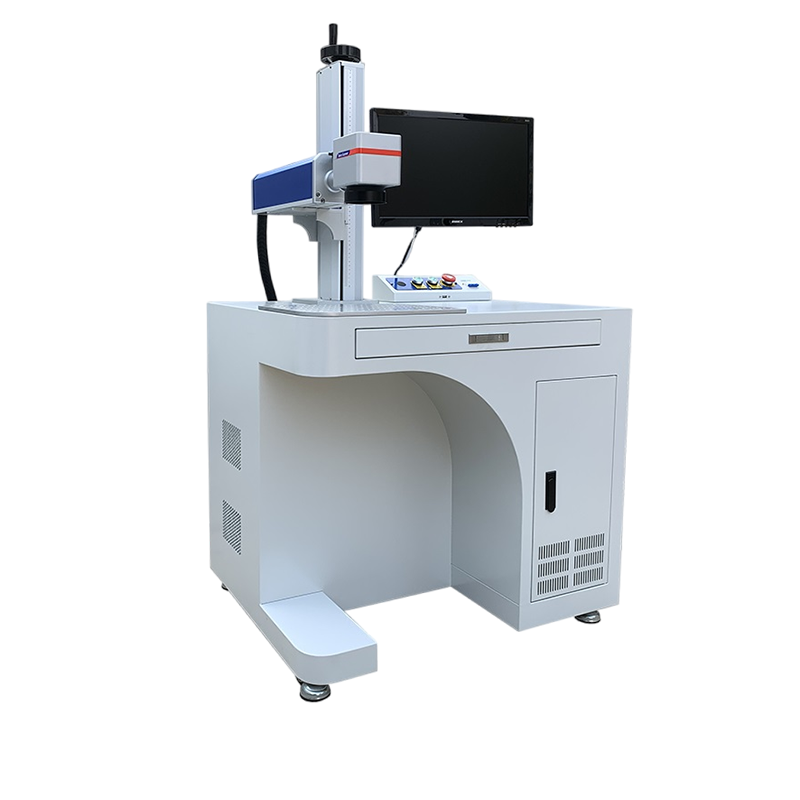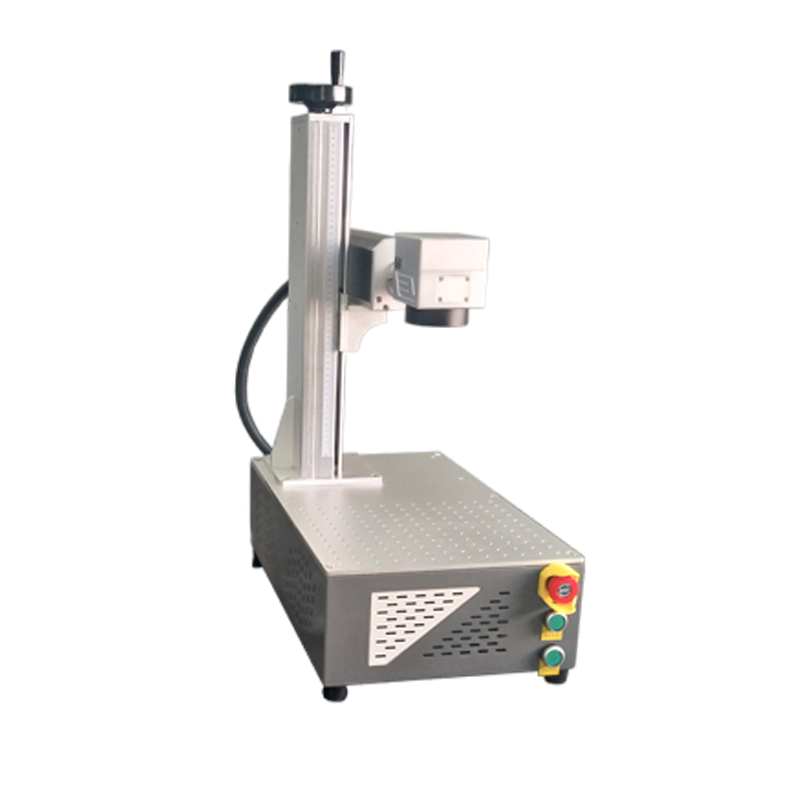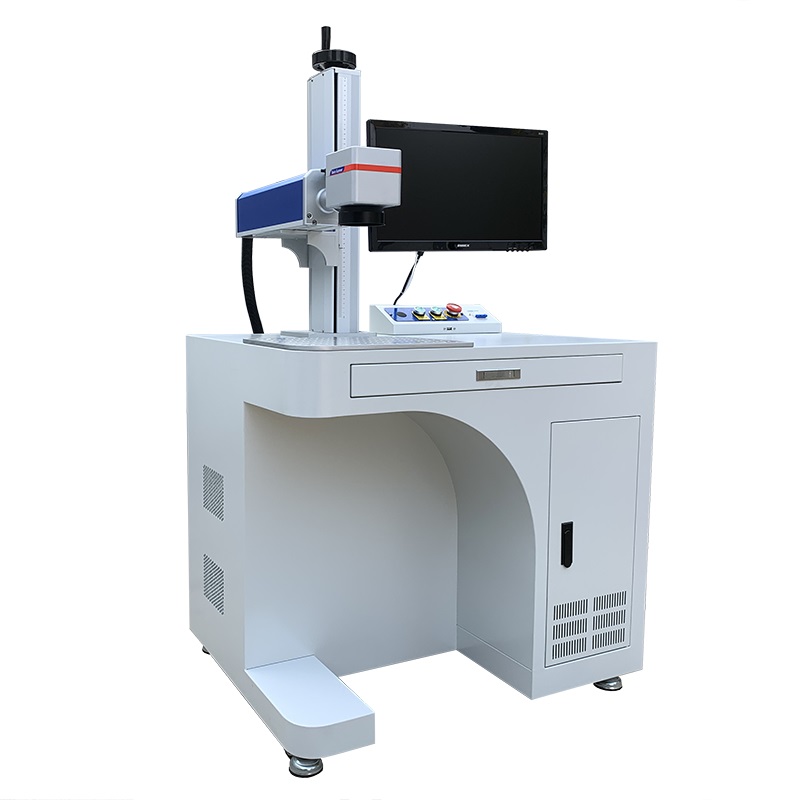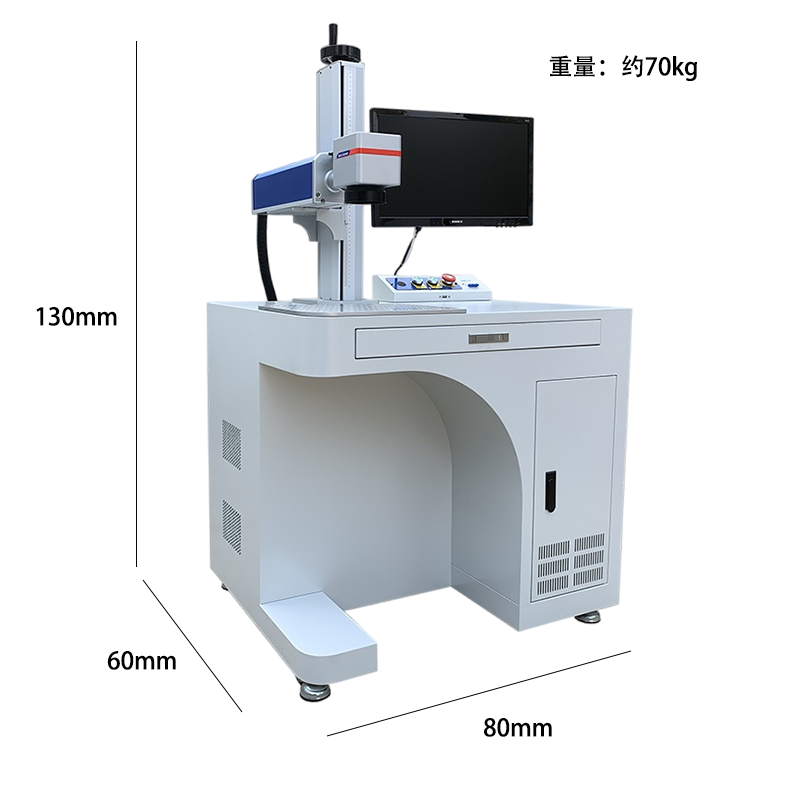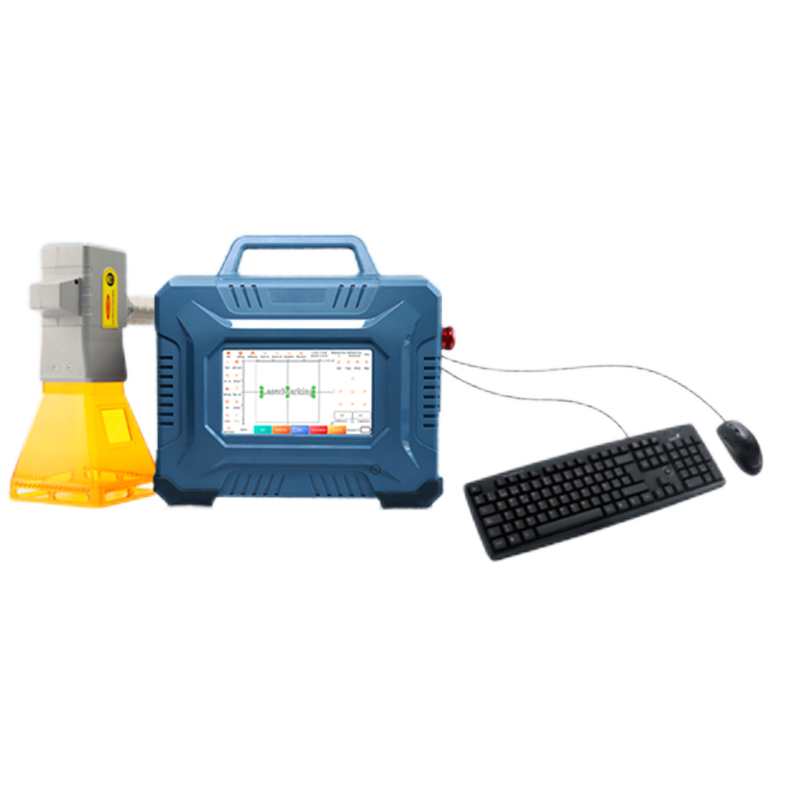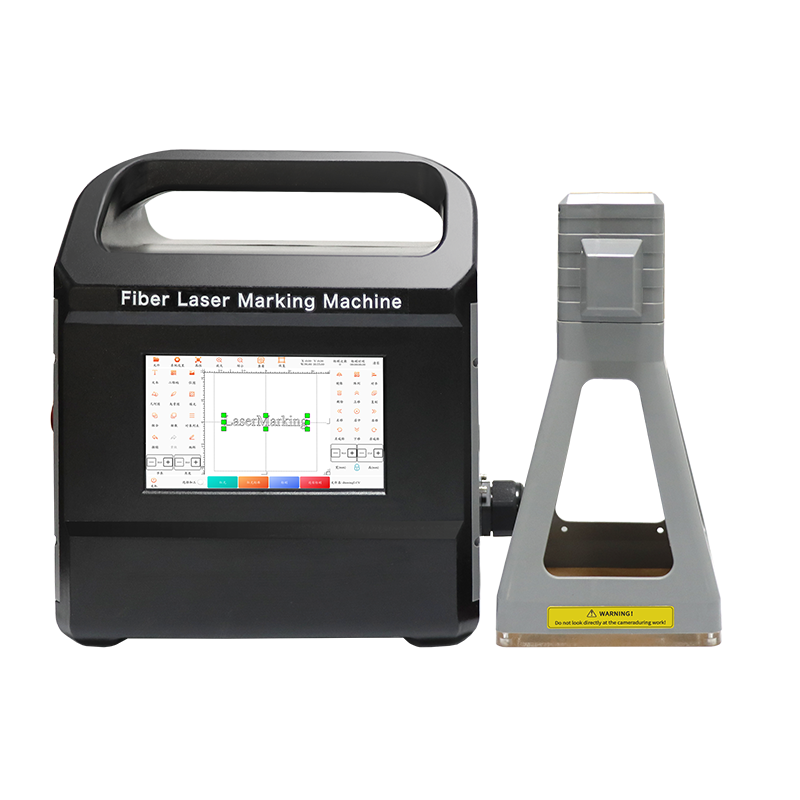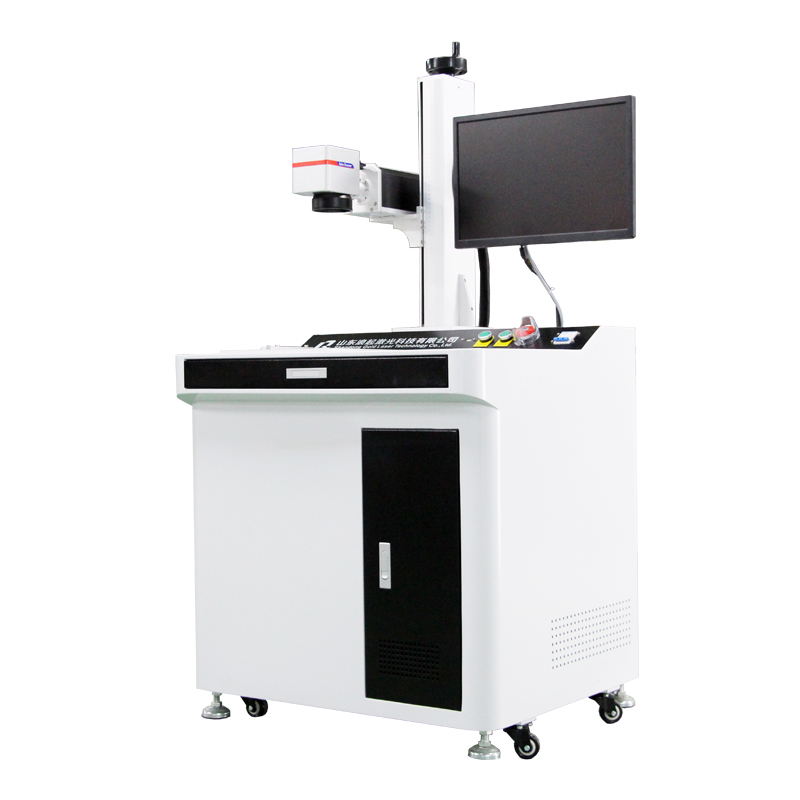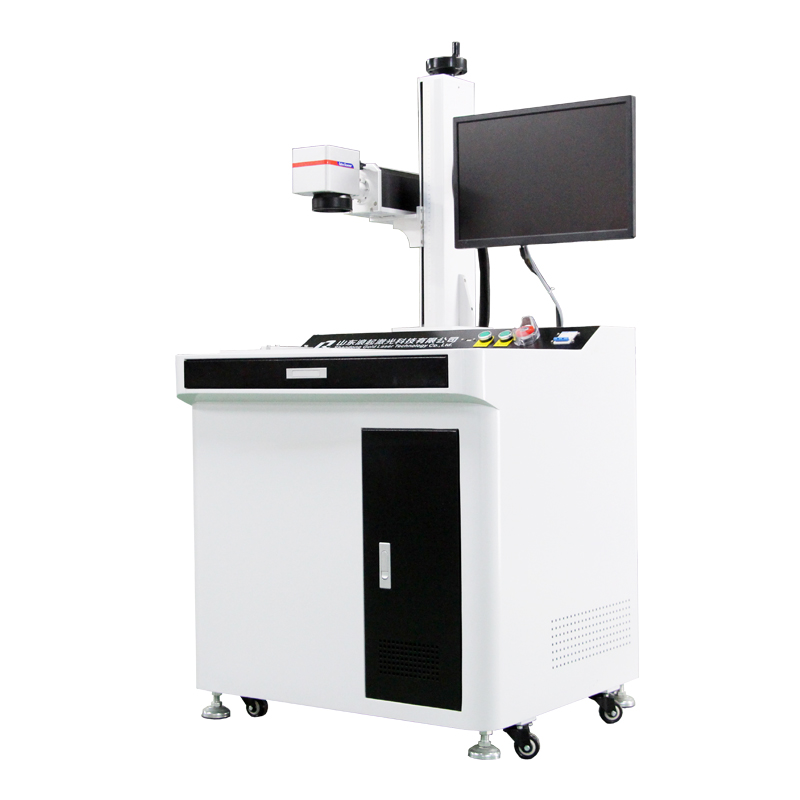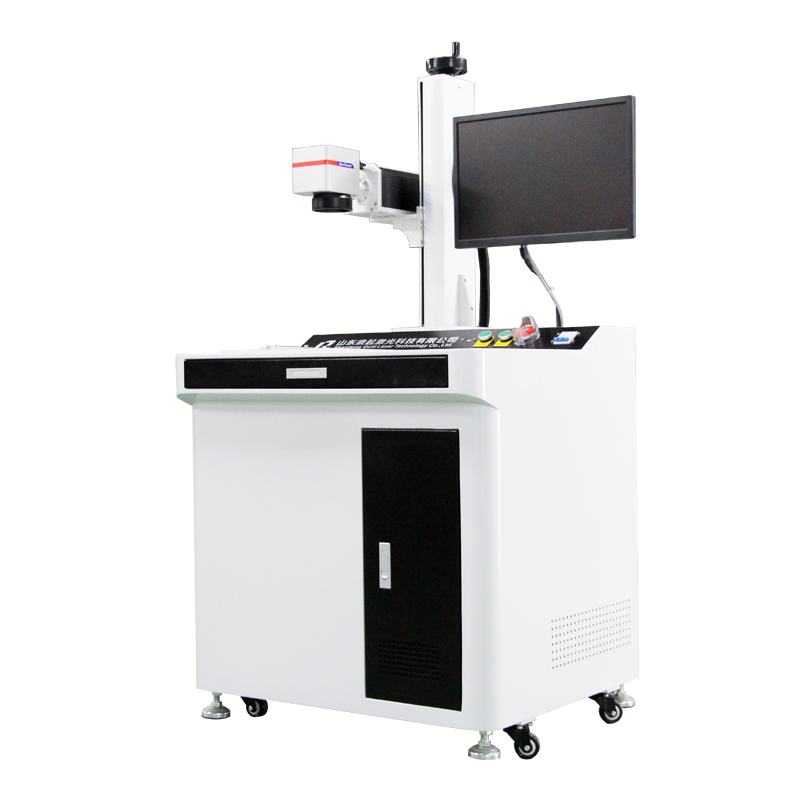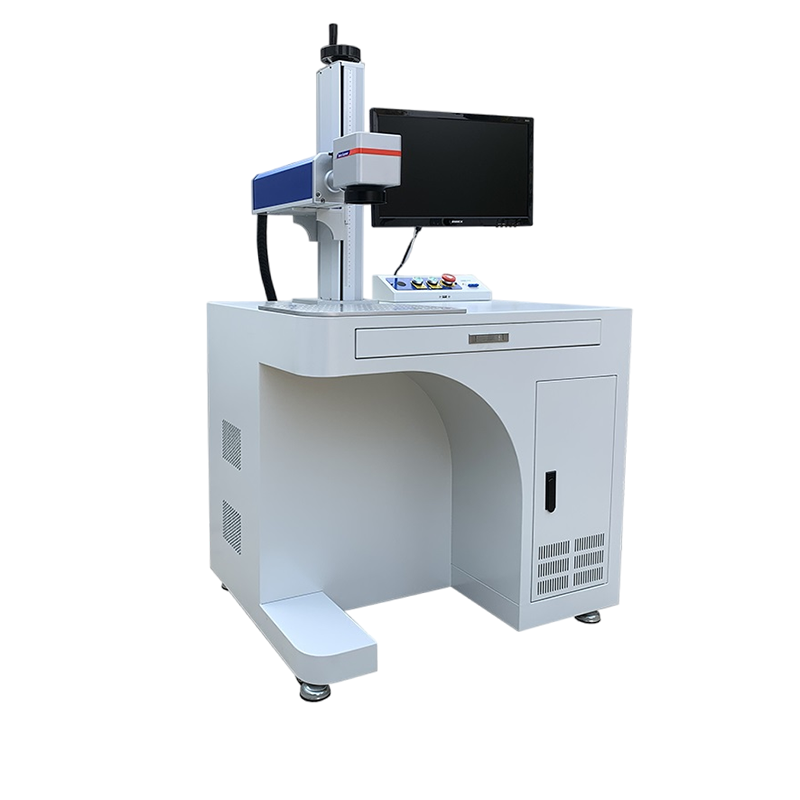Fiber laser marking machines are widely used in sheet metal processing workshops for their precision, speed, and versatility. Here’s how they are applied in sheet metal manufacturing and processing:
1. Applications in Sheet Metal Processing
Fiber laser markers are used for:
Part Identification – Engraving serial numbers, QR codes, barcodes, and logos for traceability.
Labels & Branding – Marking company logos, product names, or compliance symbols (CE, UL, etc.).
Cutting & Etching Guidelines – Marking reference lines for bending, cutting, or drilling.
Anodized & Coated Metals – Permanent marks on anodized aluminum, galvanized steel, or painted surfaces.
Anti-Counterfeiting Marks – Micro-text or hidden markings for security.
2. Advantages in Sheet Metal Workshops
High Precision – Produces fine, clean marks (as small as 0.01mm) without damaging the material.
Non-Contact Process – No physical force reduces sheet metal deformation.
Fast Marking Speed – Up to thousands of characters per minute, ideal for mass production.
Durable Marks – Resistant to abrasion, heat, and chemicals.
Low Maintenance – Fiber lasers have a long lifespan (100,000+ hours) with minimal upkeep.
Automation-Friendly – Can be integrated into CNC machines or robotic arms for inline marking.
3. Common Materials Marked
Stainless Steel (304, 316, etc.)
Aluminum & Anodized Aluminum
Carbon Steel & Galvanized Steel
Brass & Copper
Titanium & Other Alloys
4. Typical Machine Specifications for Sheet Metal Work
Laser Power: 20W – 50W (sufficient for most sheet metal marking).
Wavelength: 1064nm (ideal for metals).
Marking Area: 100x100mm to 300x300mm (or larger for big sheets).
Software Compatibility: Supports AutoCAD, CorelDraw, DXF files, and barcode generation.
5. Integration in the Workshop
Standalone Units – For manual or small-batch marking.
CNC Integration – Works with laser cutters or punching machines.
Conveyor Systems – For automated high-volume marking.
6. Maintenance & Safety
Ventilation: Required for fume extraction when marking coated metals.
Lens Cleaning: Regular cleaning ensures consistent marking quality.
Safety Enclosures: Protects operators from laser exposure.

